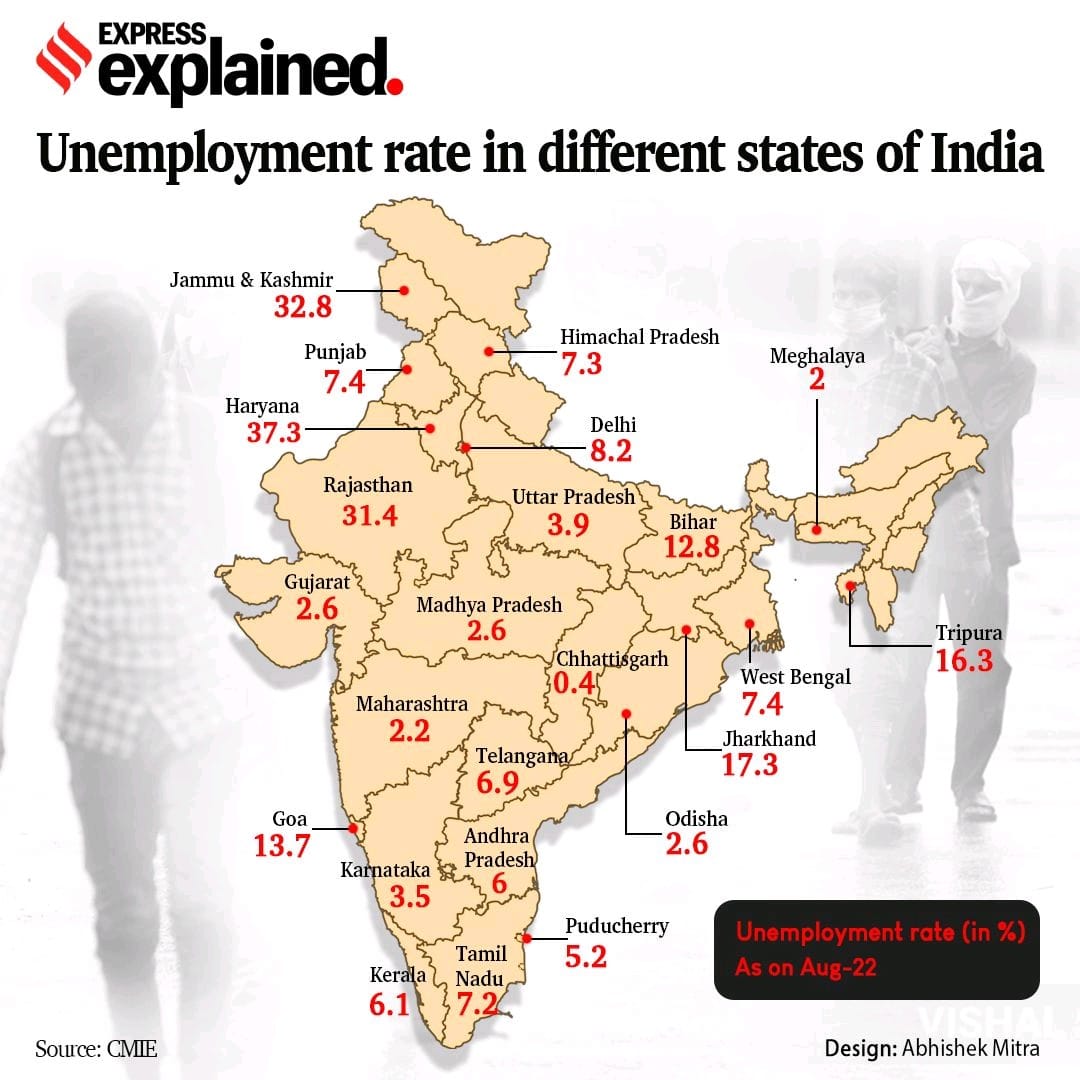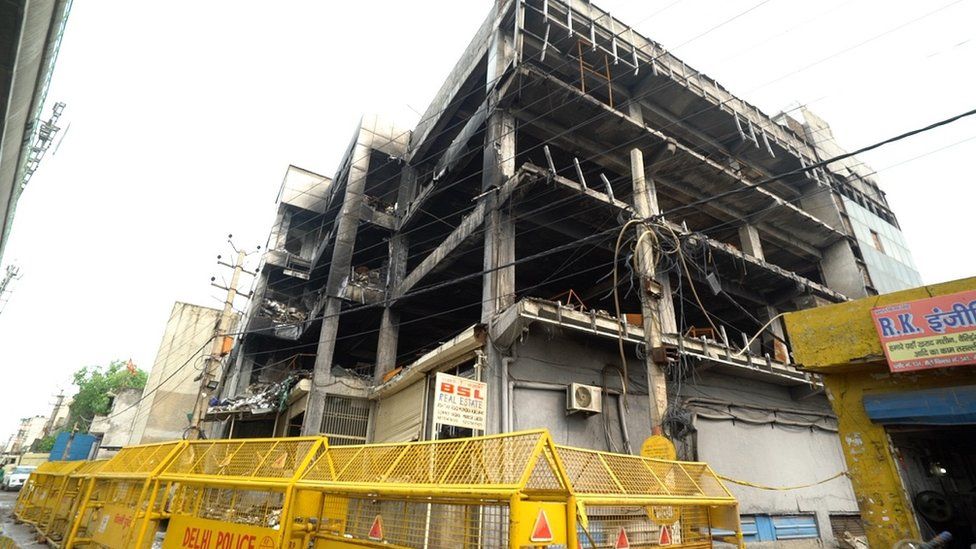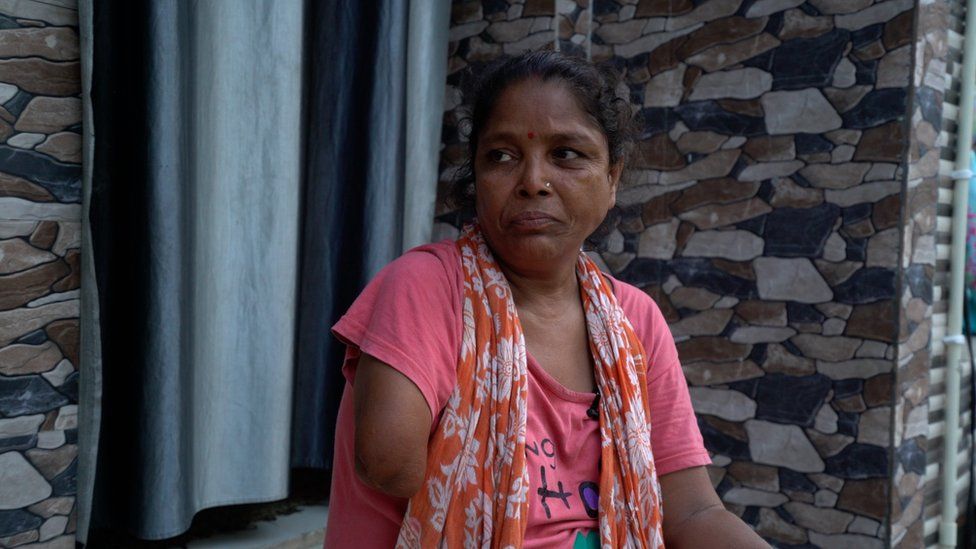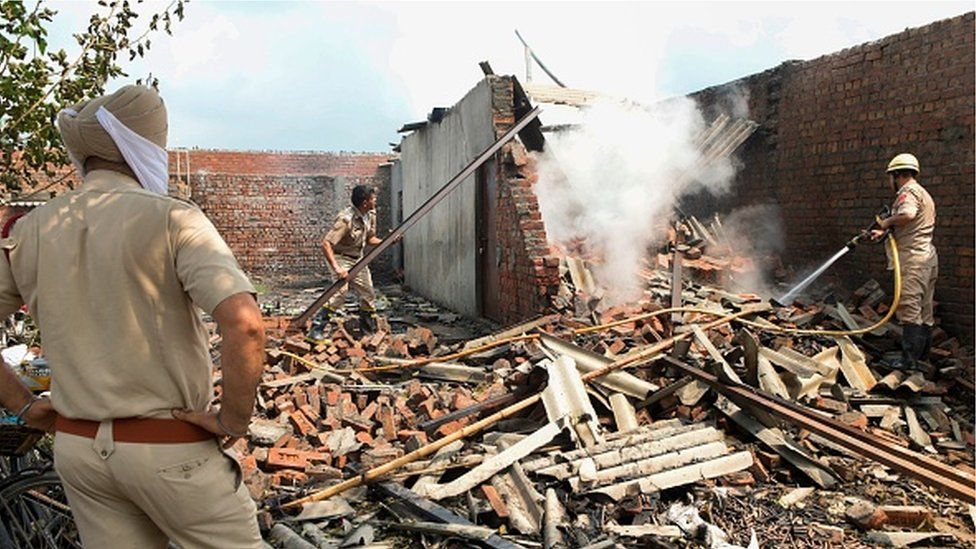One year of Injustice: One year of NREGA workers wage theft in West Bengal
● Centre withheld over 7,500 cr funds, 2,744 cr due to NREGA workers
● Centre hasn’t sanctioned labour budget for 2022-23
● Loss of around 4687-6842 crores of NREGA wages this FY due to stoppage of work
● Average days of work for the current year dropped to meagre 23 from 63.46 days (pre-covid) and 49.96 days (post-covid)
Victimisation of workers:
MGNREGA workers in West Bengal have not been paid wages since 26th December 2021. Today, we mark one year of centre withholding the release of over Rs 7,500 crore MGNREGA funds to the state for ‘non-compliance of central government directives’ invoking the Section 27 of the Act. Out of this amount, the pending wages are touching a staggering figure of Rs. 2,744 crore. According to the report, there is around 4687 crores of perceived loss in NREGA wages from pre-Covid years[1] and 6842 crores in comparison to post-Covid years[2]. The present stoppage of wages is irrational and leads to victimization of workers who have done their work honestly. It has also pushed poor workers on the brink of starvation.
Violation of Fundamental Rights and Legal Provisions:
Section 27 of the Act may appear to allow the central government to “order stoppage of release of funds to the Scheme” in some circumstances, but this provision cannot be read as a license to stop wage payments to workers who have already worked. These workers have an unconditional right to be paid within 15 days. That line in Section 27 was formulated at a time when the release of funds preceded NREGA work. Today, work comes first, and then funds are effectively released when the central government pays the wages directly in workers’ accounts. Stopping the release of funds cannot be allowed, even under Section 27, when it has the effect of depriving workers of their rightful wages.
Both the Central and State Governments are guilty of violating the fundamental Right to life of 3.4 crore registered workers across the state. Denial of work and wages is also in contravention to the Supreme Court’s judgement in the Swaraj Abhiyan case[3]. We understand from news reports that the Government of India (GoI) has stopped transfer of funds after discovering anomalies in the implementation of works under MGNREGA.
By turning a blind eye to corruption, the State Government has ensured that funds meant for workers are siphoned off by political goons from the ruling party in the state. With Panchayat elections due in mid 2023 , the Centre-State stand-off over NREGA funds is taking on political overtones. While the state asserts that all corrective measures have been taken, BJP at the Centre is however reluctant to release the money before the Panchayat elections. In this political slugfest the sufferers are workers who have been deprived of their wages for the past year.
We encourage that measures should be taken to tackle corruption and increase transparency. Efforts should be made to ensure that social audits and grievance redressal mechanisms are effective. But, the standards of audits and action taken on audit findings are largely unsatisfactory in the state and across the country. The State Employment Guarantee Council (SEGC) and Central Employment Guarantee Council (CEGC)[4] do not exist for the past couple of years. This not only makes a mockery out of transparency and anti corruption measures, but also shows how the GoI is using anti corruption as an excuse while itself violating the Act. Eliminating leakages and irregularities cannot be used as an excuse to undermine the demand driven nature of the Act. This is a continuation of the government’s assault on NREGA and has once again exposed the central government’s lack of commitment for NREGA workers’ rights.
Our Demands
In particular, we demand the following :-
- Immediate release of MGNREGA funds by Central Government, with immediate starting of new works and issue of new job cards.
- The pending wages to the tune of Rs. 2,744 crores for all MGNREGA workers need to be released immediately along with the delay compensation at the rate of 0.05% per day for the entire duration of the delay[5].
- Sanction and transfer of the 2022-23 Labour Budget.
- Action against anomalies and corruption in the scheme, and strengthening of social audits & grievance redressal mechanisms.
- The State Government must start a revolving fund of Rs.1000 crores from which immediate payment of NREGA wages can be done and to ensure timely payment of wages, in the event of future delays or complications in receiving money from the Central Government.
- All the documents pertaining to correspondence between the Central Government and the State Government on MGNREGA since 2019, including the reports of central team visits and action taken, should be made public.
For further information, please write at nrega.sangharsh.morcha@gmail.
[1] average of 2018-19 and 2019-20
[2] average of 2020-21 and 2021-22
[3] Writ petition 857/2015; full judgement
[5] as per Para 29 of Schedule II of the Act.









